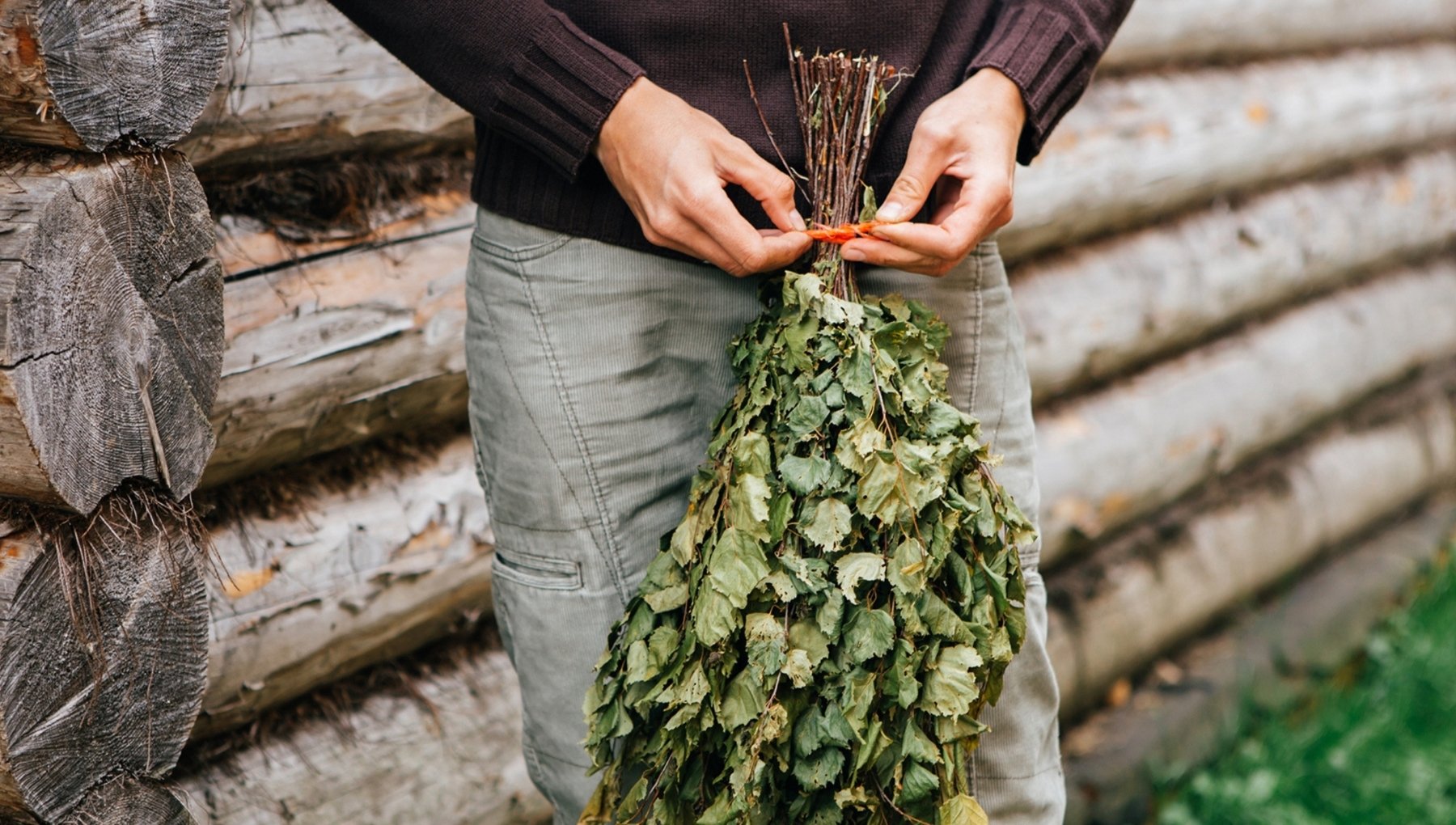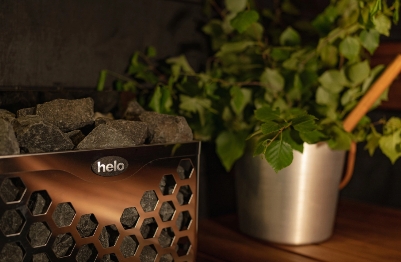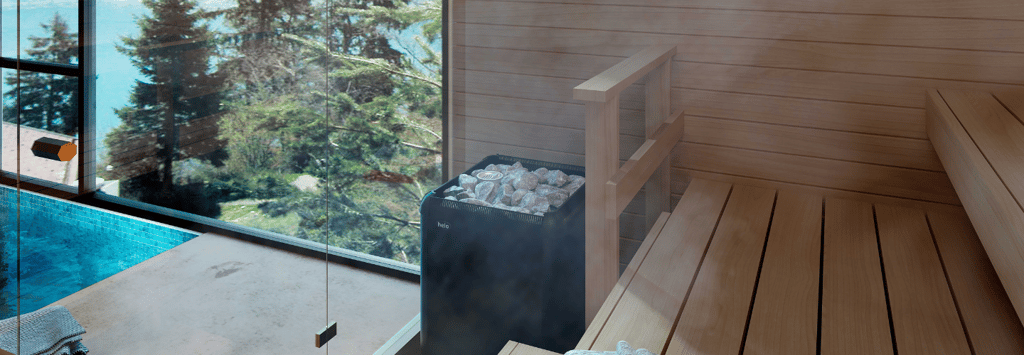Bathing Whisks and Whisking – The Green Heart of Sauna Tradition

Sauna culture is known for many unique features, but one particular tradition often surprises people in international circles – whisking. Whisking involves gently striking oneself or fellow bathers with a bathing whisk, a bundle typically made of leafy tree branches. This practice is an essential part of sauna tradition and is believed to promote well-being.
The bathing whisk is a part of sauna heritage that dates back centuries and was once common throughout Europe. In the past, whisking was not only a tool for relaxation but also a part of folk healing and rituals. Even today, whisking is associated with wellness and an authentic sauna atmosphere.
Why and How to Whisk?
Whisking can have many physical and mental benefits. Leaves bring a touch of nature into the sauna with their greenery and scent. The act of whisking may stimulate blood circulation, remove dead skin cells, and boost metabolism. At the same time, it creates a unique ambiance rooted in centuries-old tradition.
Traditionally, whisking is done from top to bottom, and the intensity is adjusted to suit the person being whisked – it should always feel pleasant. When taking a break, the bathing whisk should be stored in cool water to keep it fresh throughout the sauna session. It should not be left on the hot sauna benches, as this reduces its durability.
After use, the bathing whisk can be hung to dry and reused. During whisking, some leaves may fall off, so it’s a good idea to clean the sauna afterward to prevent leaves from cluttering the benches.
Making a bathing whisk
The best time to make a bathing whisk is usually in early summer when the leaves are still soft. The branches used should have fully grown, dark green, and suitably soft leaves – by late summer, they may become too tough. A good bathing whisk doesn’t shed too much and can withstand multiple uses.
Birch is the most common material for bathing whisks in the Nordic countries, but other trees and plants are also used. Eucalyptus bathing whisks are popular elsewhere. Linden, rowan, and alder are traditional alternative materials. Oak whisks are praised for their durability and softness.
A mixed bathing whisk combines several materials. For example, when using juniper, it’s important to combine it with birch to avoid making the whisk too harsh. Herbal bathing whisks are made from one or more herbs and are known for their strong aromas. There is also synthetic bathing whisks made from artificial materials.
A Few Things to Remember
Before making your own bathing whisk, check whether collecting branches is allowed in your area – it’s not always permitted, so be sure to follow local regulations. It’s also wise to inspect your skin before and after whisking; avoid whisking if your skin is irritated or has wounds.
Sometimes you can find ready-made bathing whisks in stores, which is a good option if making your own isn’t possible. Bathing whisks can also be frozen or dried for later use. Before the sauna, soak them in lukewarm water until they are soft and ready to use.



